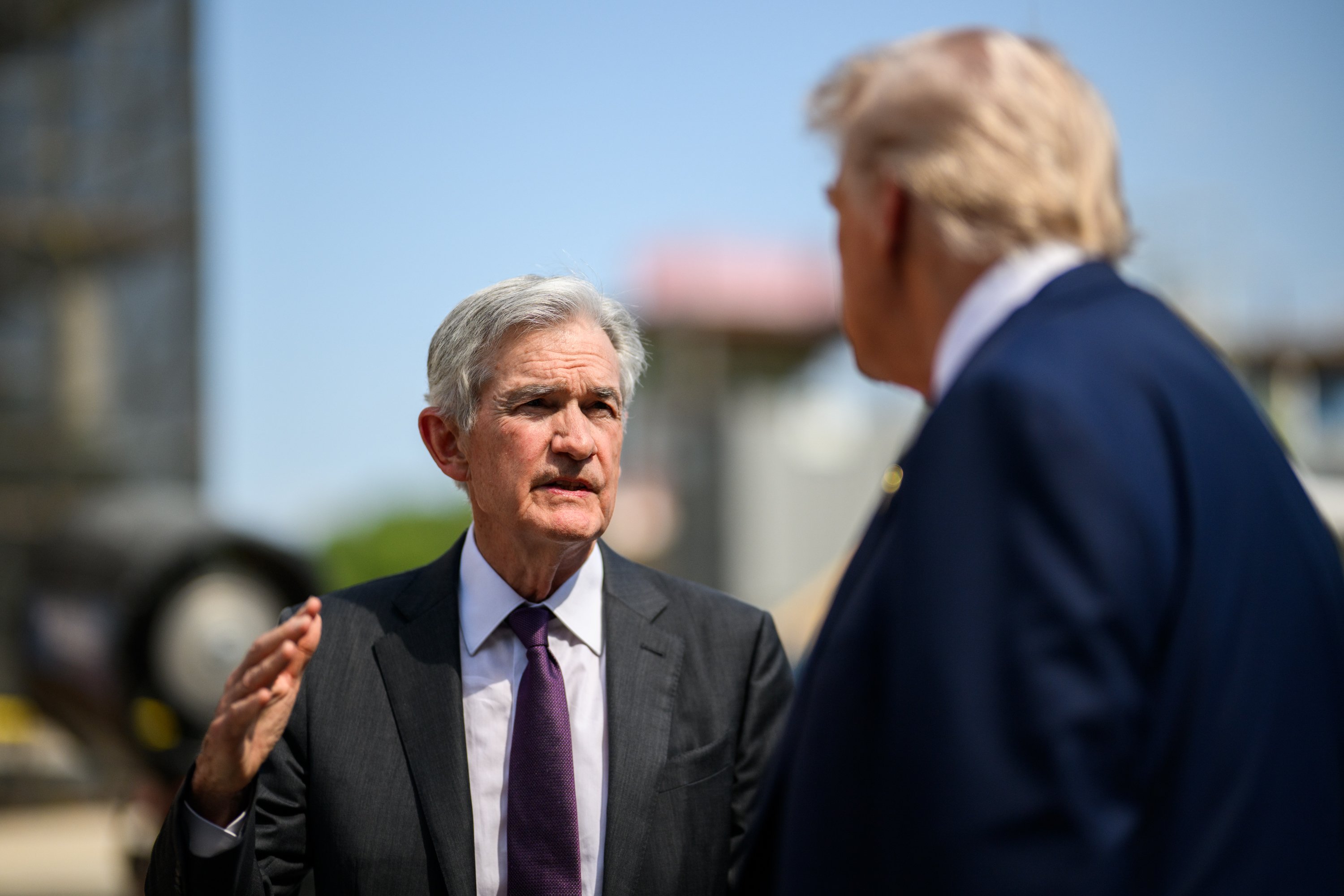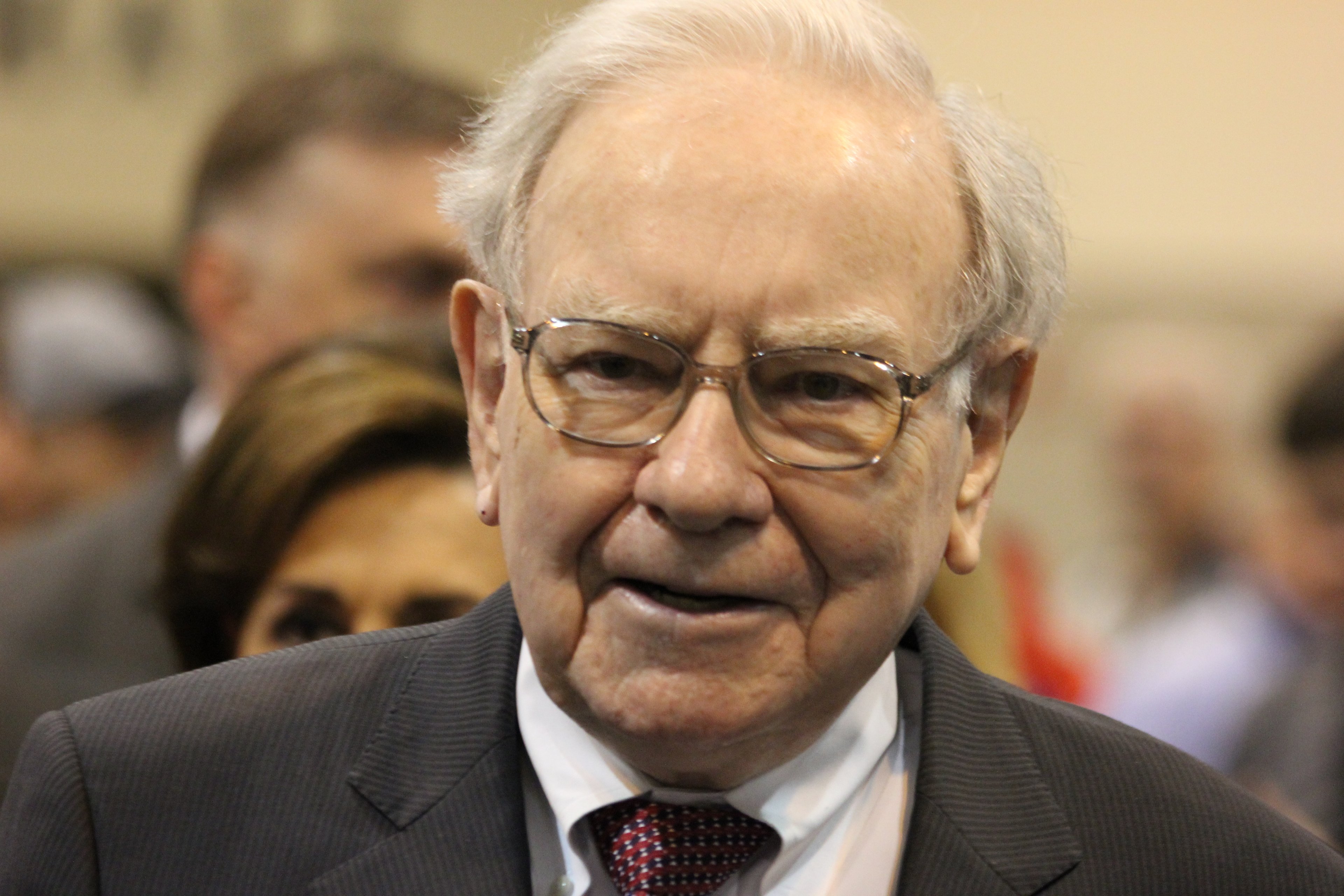The S&P 500 (^GSPC +0.19%), a benchmark for the broader U.S. stock market, has had one of the most volatile years on record. The index lost more than $6 trillion during the two-day trading period after President Donald Trump announced his "Liberation Day" tariffs as the CBOE Volatility Index (^VIX 2.34%) notched its third-largest weekly spike in history.
The S&P 500 hit bottom on April 8, closing 19% below the record high it reached less than two months earlier. But the index promptly rebounded when President Trump put a 90-day pause on the reciprocal tariffs he had outlined days earlier, and the index continued to soar as trade tensions with China de-escalated.
The S&P 500 soared 6.1% in May, its best performance during the month since advancing 9.2% in May 1990. The index has almost regained its record high and has advanced nearly 3% year to date. That tremendous rally was fueled by the resilient economy and strong corporate financial results.
Consequently, many Wall Street analysts have upwardly revised their year-end forecasts for the S&P 500. Here's what investors should know.

SNPINDEX: ^GSPC
Key Data Points
Wall Street analysts are raising their year-end forecasts for the S&P 500
Analysts have become incrementally more upbeat about U.S. stocks as the recent rally has unfolded. Several have even raised their forecasts concerning the S&P 500.
The chart below shows where 17 Wall Street investment banks and research firms think the index will finish the year. It also shows the S&P 500's implied upside (and downside), compared to its current level of 6,040.
|
Wall Street Firm |
S&P 500 Year-End Target 2025 |
Implied Upside (Downside) |
|---|---|---|
|
Wells Fargo |
7,007 |
16% |
|
Fundstrat |
6,600 |
9% |
|
Deutsche Bank |
6,550 |
8% |
|
Morgan Stanley |
6,500 |
8% |
|
Yardeni Research |
6,500 |
8% |
|
UBS |
6,400 |
6% |
|
Citigroup |
6,300 |
4% |
|
BMO Capital |
6,100 |
1% |
|
Goldman Sachs |
6,100 |
1% |
|
Barclays |
6,050 |
0% |
|
JPMorgan |
6,000 |
(1%) |
|
Oppenheimer |
5,950 |
(1%) |
|
RBC Capital |
5,730 |
(5%) |
|
Bank of America |
5,600 |
(7%) |
|
Evercore |
5,600 |
(7%) |
|
HSBC |
5,600 |
(7%) |
|
Stifel |
5,500 |
(9%) |
|
Median |
6,100 |
1% |
Data source: Yahoo Finance. Year-end targets and implied upside (downside) shown are current as of June 10.
The S&P 500 currently has a median year-end target of 6,100 among 17 Wall Street investment banks and research organizations. That implies 1% upside from its current level of 6,040 in the remaining months of 2025. The current consensus reflects an upward revision from May, when the median forecast was 5,900.
Goldman Sachs was one of several institutions that recently revised its year-end targets higher. Strategist David Kostin wrote, "We raise our S&P 500 return and earnings forecasts to incorporate lower tariff rates, better economic growth, and less recession risk than was previously expected."
Global investors cut their exposure to U.S. stocks by a record amount over the two-month period that ended April 15 as President Trump announced sweeping tariffs, according to Bank of America. The same survey also showed fund managers planned to cut their exposure even further, but that left them on the wrong side of the rally.
The rapid rebound in the S&P 500 essentially forced fund managers to allocate more money to U.S. stocks or run the risk of severe underperformance. That trend is ongoing and may continue to push domestic equities higher in the coming weeks.
However, investors shouldn't be lulled into a false sense of security. Very real headwinds threaten the U.S. economy.

Image source: Getty Images.
Tariffs could still be a serious problem for the stock market in the remaining months of 2025
President Trump has effected the most aggressive tariff hike in history. The average tax on U.S. imports in a matter of weeks increased at least 10 percentage points (some analysts estimate 13 percentage points). The last comparable increase occurred in the early 1900s, but tariffs in that situation were imposed over several years and were still followed by a series of recessions.
The U.S. economy has so far been resilient despite sweeping changes to U.S. trade policy made by the Trump administration. However, economists still expect tariffs to raise prices and slow economic growth.
The International Monetary Fund expects U.S. gross domestic product (GDP) to increase 1.8% this year. That's slower than 2.8% last year and represents a severe downward revision from the pre-tariff projection that called for 2.7% growth.
Suffice it to say, the current market environment is uncertain. Investors are on edge as they await negative news about tariffs, yet many continue to put money into stocks for fear of missing the current rally.
Keeping a level head is particularly important right now. It never makes sense to pass on the opportunity to buy a high-quality stock at a reasonable price, but chasing stocks that are clearly overvalued is a recipe for disaster.





